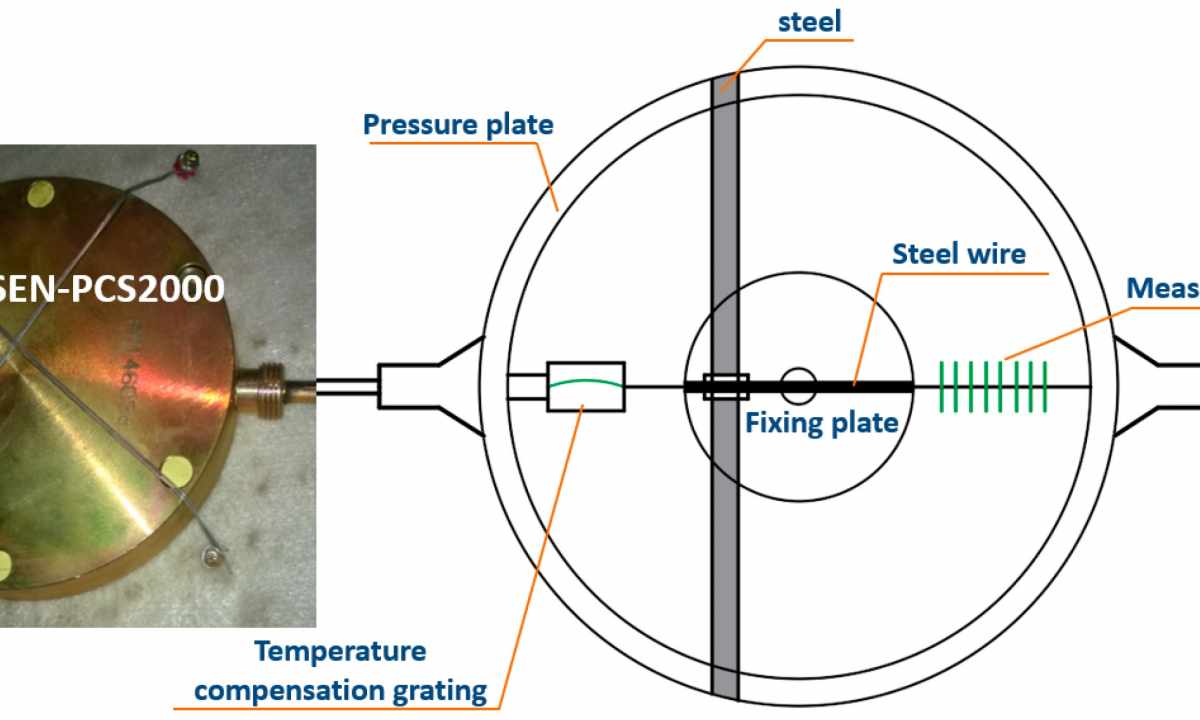What current can be passed through wire from this material without danger of warming up of his vein depends on section. Quite often this parameter is specified on isolation of wire. If it not so, it it is necessary to measure by special purpose tool.
It is required to you
- - nippers;
- - caliper;
- - scientific calculator;
- - support with the indicator of hour type;
- - reference book on electrical equipment.
Instruction
1. Deenergize wire, make sure of lack of tension on it by means of the voltmeter, and then smooth out it at the small length (about several millimeters).
2. If the wire is solid, measure its diameter by caliper. Do it carefully not to squeeze aluminum or copper wire as in this case indications will be much underestimated.
3. Transfer the received diameter of wire to section on the known formula: S=πR^2 where R=D/2esli diameter is expressed in millimeters, section will turn out in square millimeters, and in electrical equipment it is normal and is required.
4. Flexible wires usually consist of several veins which are under the general insulating cover. Such design allows it to maintain frequent bends (though you should not abuse this property of wire). In this case, measure diameter of one vein, calculate on it section, and then count veins in wire and increase result of calculation by their quantity.
5. Determine the section of the printing conductor on payment, having measured its width and thickness, and then having multiplied these sizes. If the conductor has variable width, measure it on the site where it is the smallest - depends on it what maximum current can be passed through it. Consider that if the printing conductor zaluzhen to define what part of its thickness is occupied by solder and what - copper, difficult. For measurement of thickness of the printing conductor it is convenient to use support with the indicator of hour type. Define distance to payment in two places: where the conductor is and where it is absent. Subtract one distance from another, and transfer result to millimeters.
6. To learn what maximum current can be passed safely through the conductor with the section measured by you, use special tables which are available in reference books on electrical equipment.

